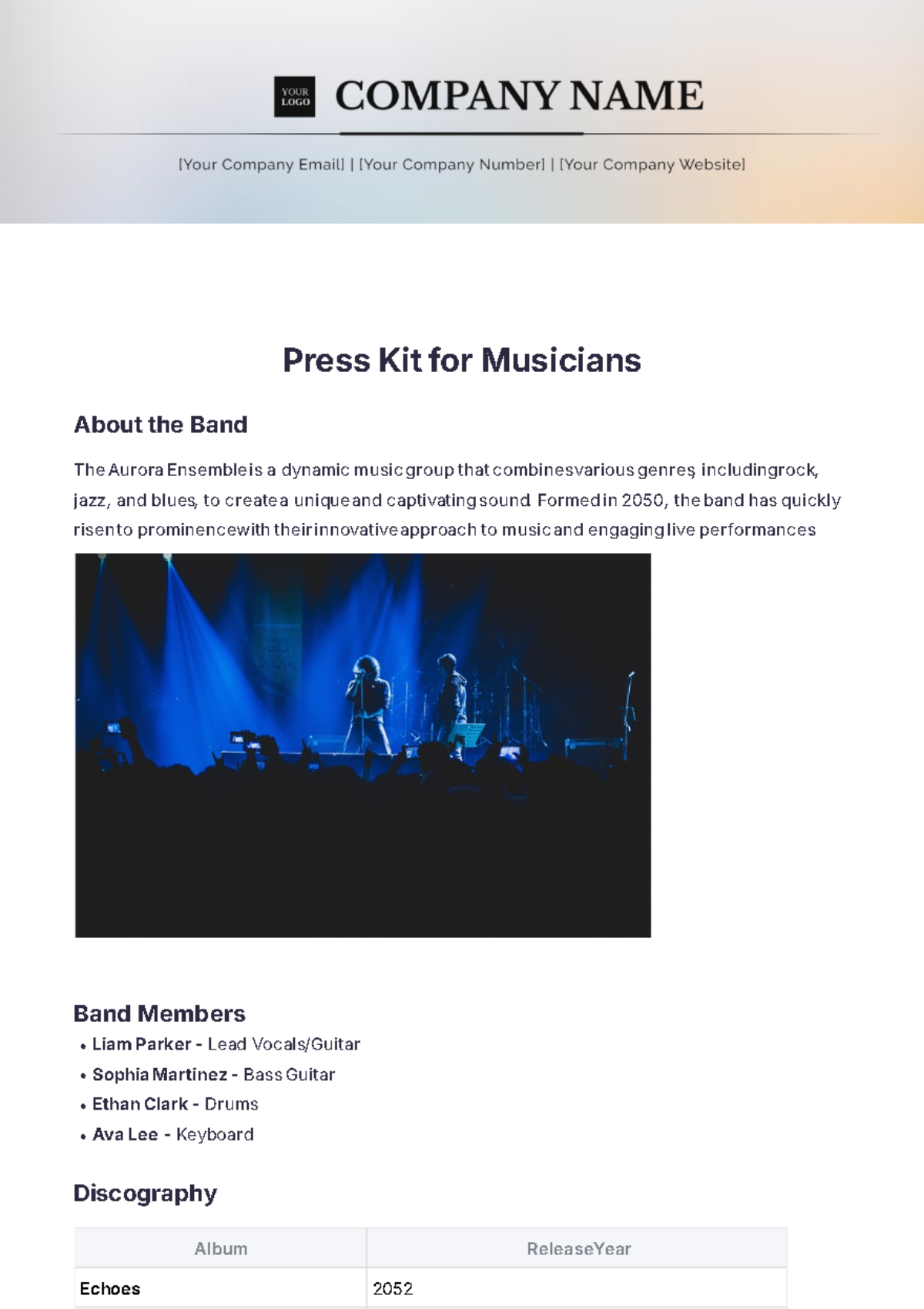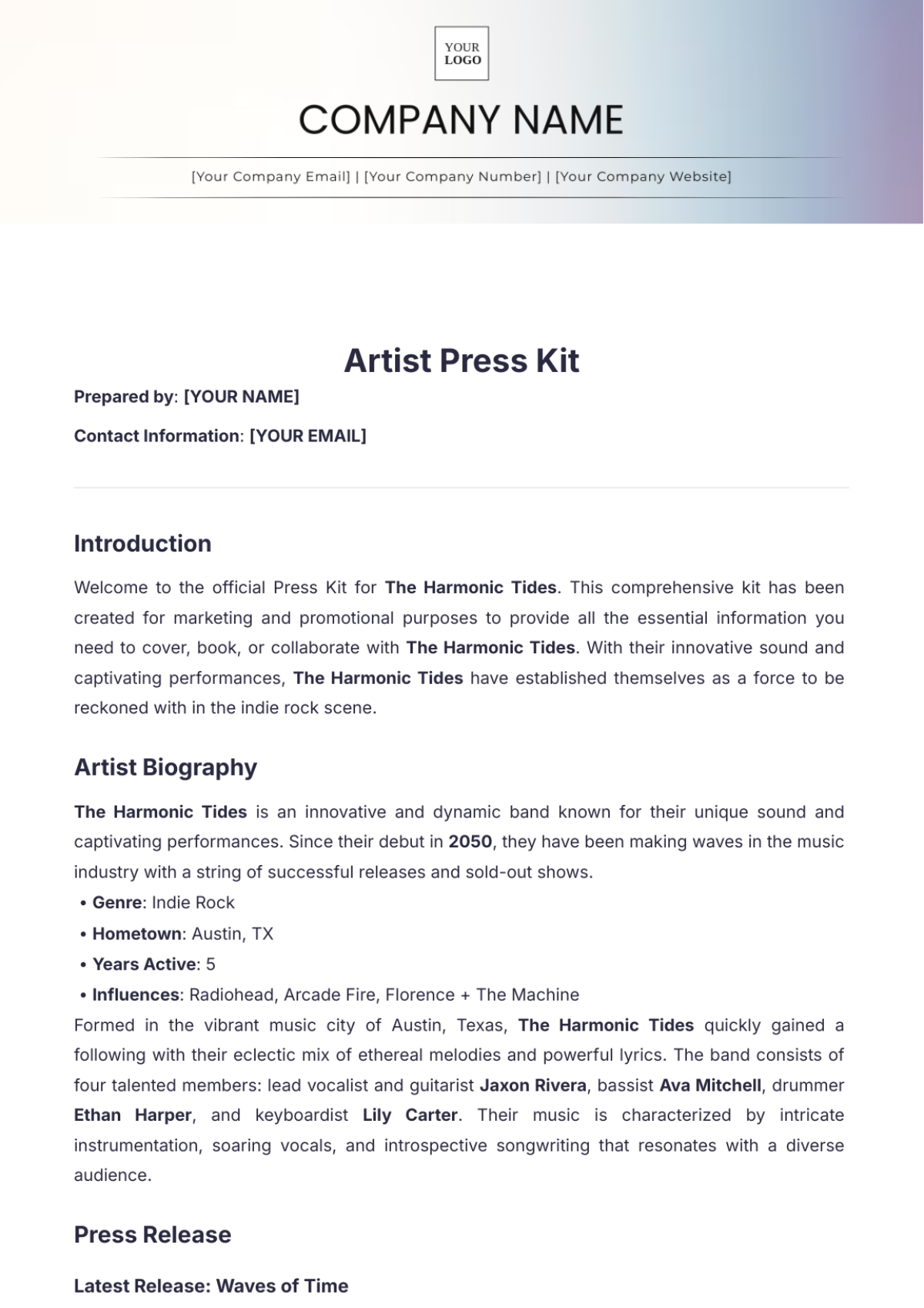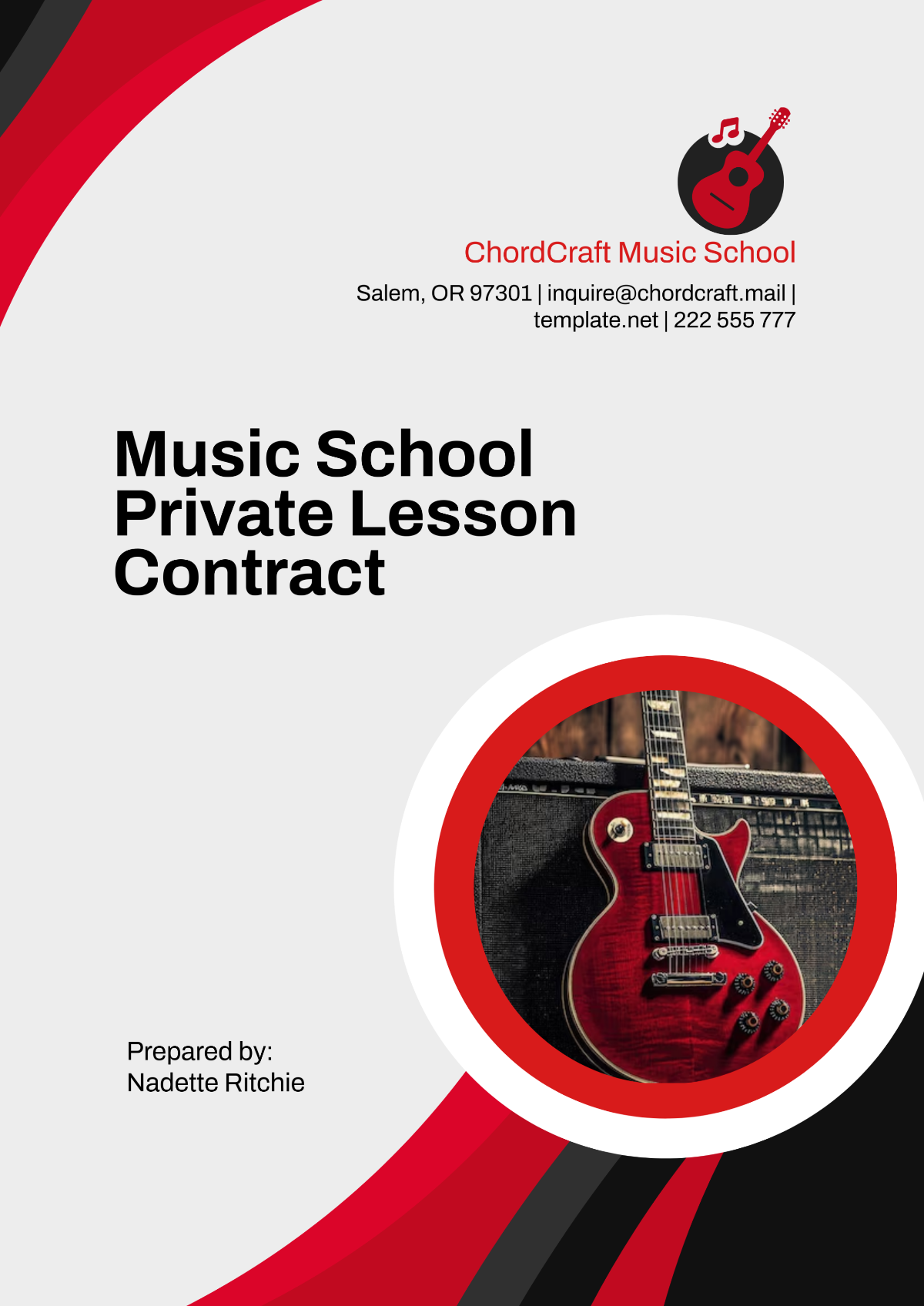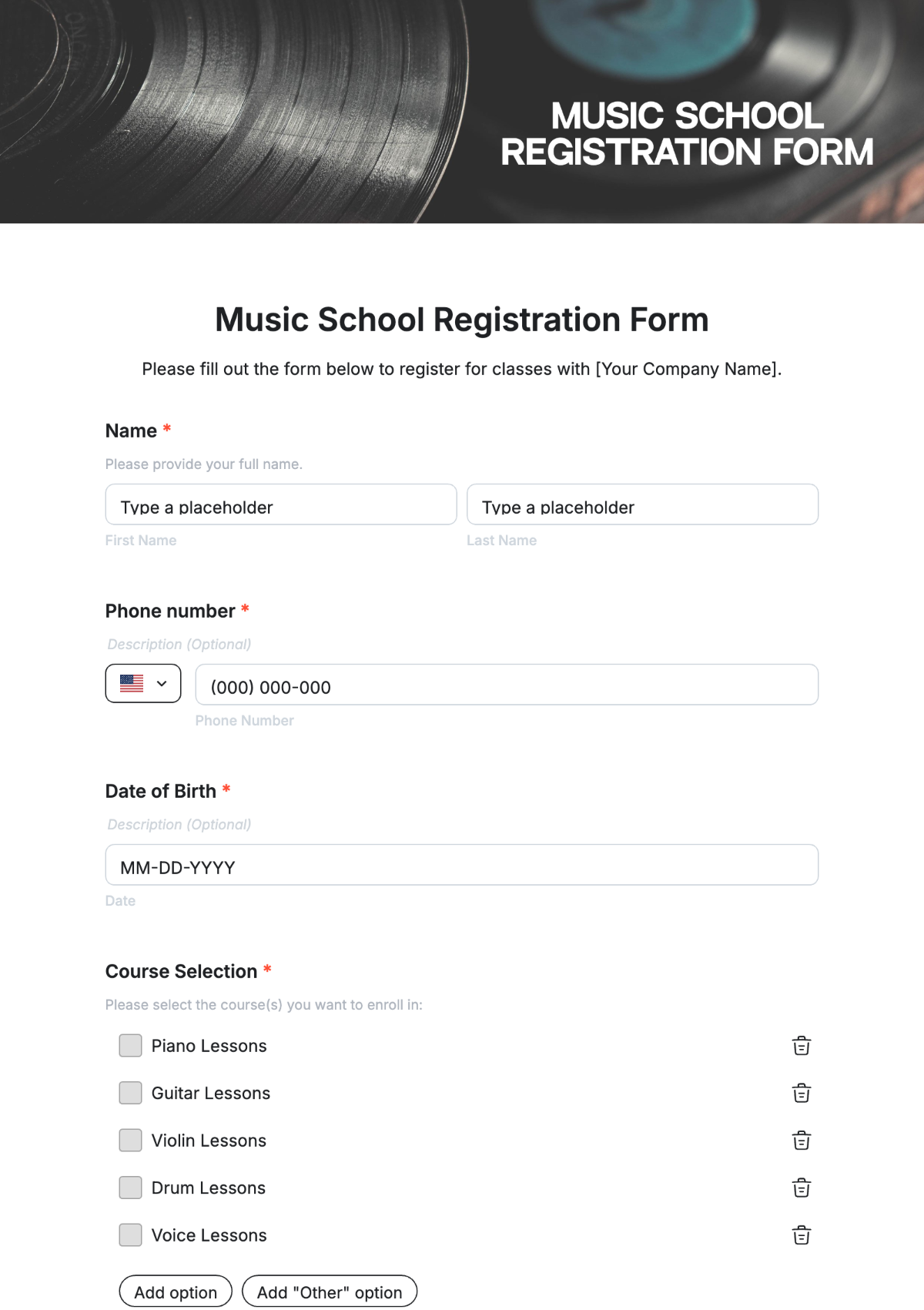Music Composition Chapter Outline
Prepared By: [Your Name]
1. Introduction to Music Composition
1.1 The Importance of Music Composition
Music composition is the art of creating music by combining different sounds, melodies, and rhythms. It plays a significant role in various aspects of culture and entertainment and has been a fundamental part of human history.
1.2 Overview of the Composition Process
The process of music composition usually involves the following key steps:
Inspiration and Ideas
Development of Melodies
Harmonization
Rhythmic Structure
Instrumentation and Orchestration
2. Start with a Simple Melody
2.1 Generating Initial Musical Ideas
Composers often start with a small musical idea or motif, which can be developed into a complete piece of music. This initial idea can come from a variety of sources, including personal experiences, emotions, or other works of art.
2.2 Techniques for Melody Creation
Some effective techniques for creating melodies include:
Using scales and modes
Exploring different intervals and rhythms
Experimenting with motifs and repetition
3. Harmonization
3.1 Basic Principles of Harmony
Harmony involves the combination of different musical notes played or sung simultaneously to create chords. Understanding the basic principles of harmony can help in composing rich and pleasing music.
3.2 Chord Progressions
Chord progressions are sequences of chords that provide the harmonic backbone of a composition. Common progressions include the I-IV-V-I progression in major keys and the ii-V-I progression in jazz.
3.3 Voice Leading and Counterpoint
Voice leading refers to the way individual melodic lines move from one note to the next, while counterpoint is the relationship between different independent melodies that are played together. Both concepts are crucial for creating smooth and interesting harmonic progressions.
4. Rhythmic Structure
4.1 Understanding Rhythm and Meter
Rhythm is the pattern of sounds and silences in music, while meter refers to the organization of beats into regular groups. Composers use rhythm and meter to give their music a sense of movement and structure.
4.2 Creating Interesting Rhythms
Some techniques for creating interesting rhythms include:
Syncopation
Polyrhythms
Changing Time Signatures
5. Instrumentation and Orchestration
5.1 Choosing Instruments
Different instruments have unique timbres and ranges, and the choice of instruments can greatly affect the overall sound of a composition. Composers must consider the role and capabilities of each instrument when orchestrating their music.
5.2 Orchestration Techniques
Some common orchestration techniques include:
Doubling melodies in different instruments
Using contrasting timbres to highlight different parts
Balancing dynamics and textures
6. Finalizing the Composition
6.1 Revising and Editing
After the initial composition is completed, it is important to review and revise the work. This may involve making adjustments to melodies, harmonies, rhythms, and instrumentation to improve the overall piece.
6.2 Preparing the Score
The final step is to prepare a clear and accurate score, which includes all the notated music for each instrument. This allows performers to accurately interpret and perform the composition.
7. Conclusion
7.1 Reflecting on the Composition Process
Composing music is a complex and rewarding creative process that requires a deep understanding of musical elements and techniques. By following a structured approach, composers can effectively create original and expressive music.
7.2 Further Study and Practice
To become a proficient composer, continuous study and practice are essential. Exploring different genres, studying the works of other composers, and experimenting with new ideas can help to develop and refine compositional skills.

















































